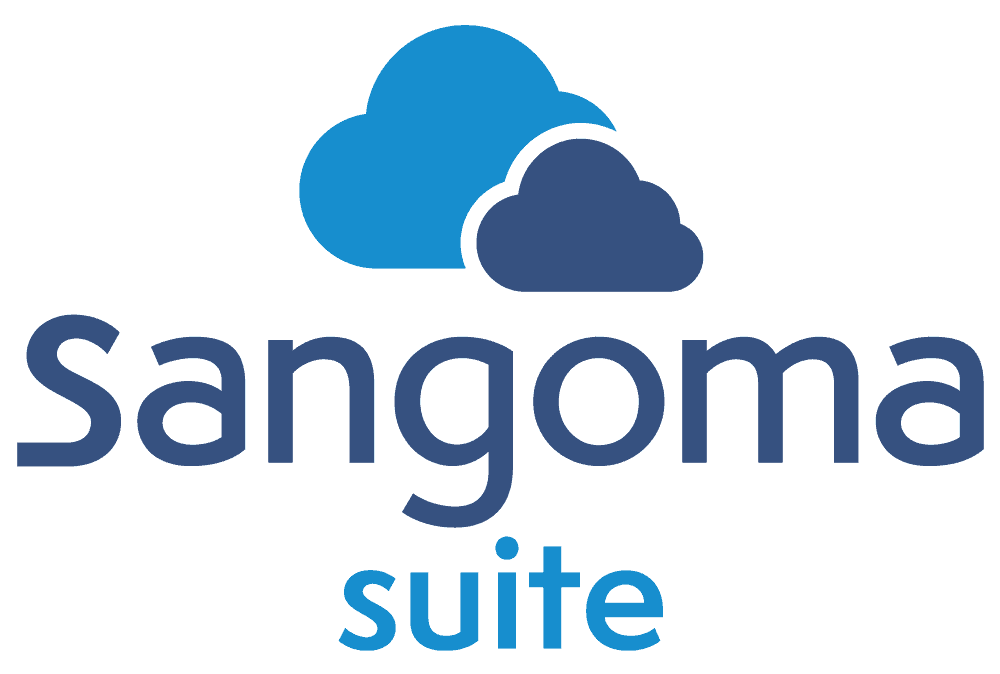What to Know about the ISDN Switch Off
Often, one technology has to be retired to make way for newer, more efficient technology. Wooden ships that relied solely on wind and tides gave way to steel ships with powerful onboard engines and sophisticated geopositioning technology, cutting ocean passage times dramatically. In the same way, telecommunications technology has advanced, and telecom service providers worldwide have begun the process of retiring the older technologies and infrastructures. The public switched telephone network was upgraded to the integrated services digital network (ISDN), which now faces retirement to make way for more advanced IP communications networks.
What is the ISDN?
In the late 1980s, the public switched telephone network (PSTN) received a massive upgrade. Implementing new digital signaling protocols, such as Basic Rate Interface (BRI) and Primary Rate Interface (PRI), allowed the traditional circuits of the PSTN to transport voice services digitally as packets of data.
Opening the door for a number of value-added services from service providers, the new ISDN was born and enjoyed widespread adoption across Europe, Australia, and parts of Asia.
ISDN Switch Off
This technology was revolutionary and defined twentieth century communications. But as the world has grown comfortably into the twenty-first century, these technologies now represent an expensive liability as the aging network struggles to keep up with the demands of the modern world.
Thus, nearly all service providers have announced dates in the 2020s as the end of life for the ISDN and PSTN.
British Telecom (BT), for example, will cease supplying in 2020, with a full migration to digital voice services by 2025.This move comprises a part of their cost transformation program. High maintenance legacy telecommunications infrastructure is not sustainable. Retiring the older technology opens up capital for investment in next generation IP networks that will not only be more cost effective but will provide more flexible services to meet the increasingly demanding business needs of the future.
While this does present massive potential for growth and progress, the ISDN switch off affects over two million businesses in the United Kingdom alone, with millions more being affected in the coming years as European and Asian service providers also migrate toward IP networks and cease ISDN service.
What is Sangoma’s Solution?
Understandably, retiring the ISDN leaves customers with the challenge of reviewing their options before the network switch off. Luckily for these businesses, Sangoma has been preparing for this situation for years, developing a portfolio of products designed to ease the transition from PSTN and ISDN to full Voice over IP (VoIP) and Unified Communications (UC) service.
In fact, Sangoma’s solutions allow businesses to migrate at their own pace without getting left behind and without service.
Businesses ready for a major communications overhaul will find Sangoma’s on-premise and cloud hosted UC business phone systems the perfect full service solution with hardware, phones, accessories, and services like fax and SIP trunking service available from the same vendor.
Those that need more time to transition their network or that simply want to get a little more life out of their existing PBX solution will find in Sangoma’s variety of VoIP gateways and other offerings the right hardware and services to connect their existing equipment to the IP network.
Regardless of the pace at which a business is seeking to migrate, Sangoma is confident they will find switching to VoIP advantageous not only in its long-term cost effectiveness but also in productivity that can be gained by incorporating Unified Communications into the business workflow.
The post What to Know about the ISDN Switch Off appeared first on Sangoma.





